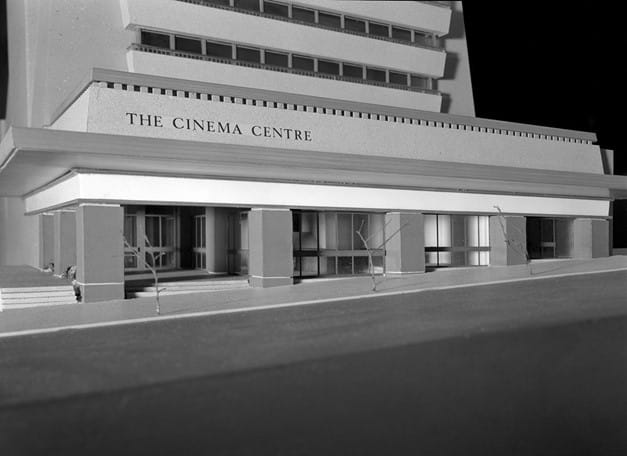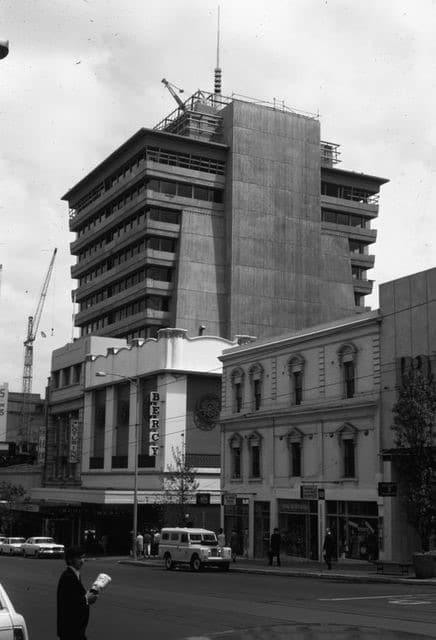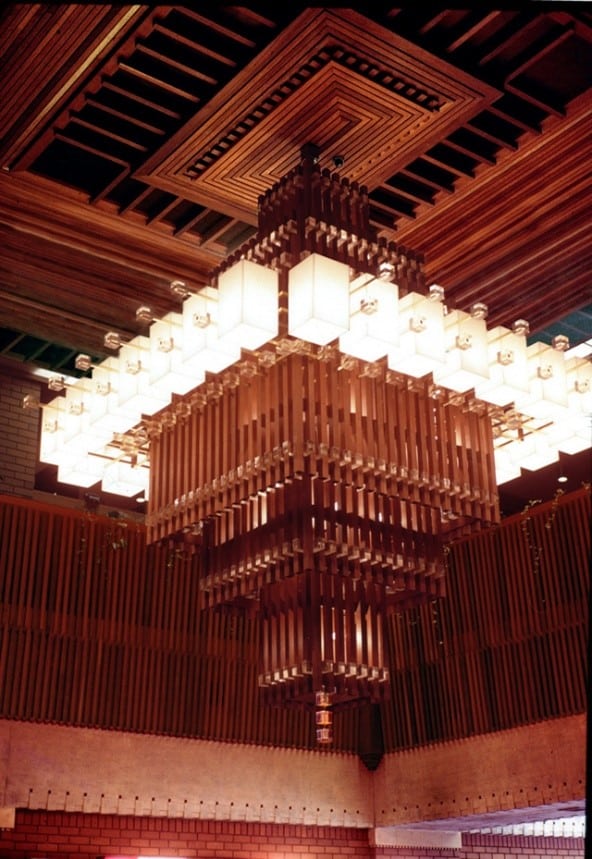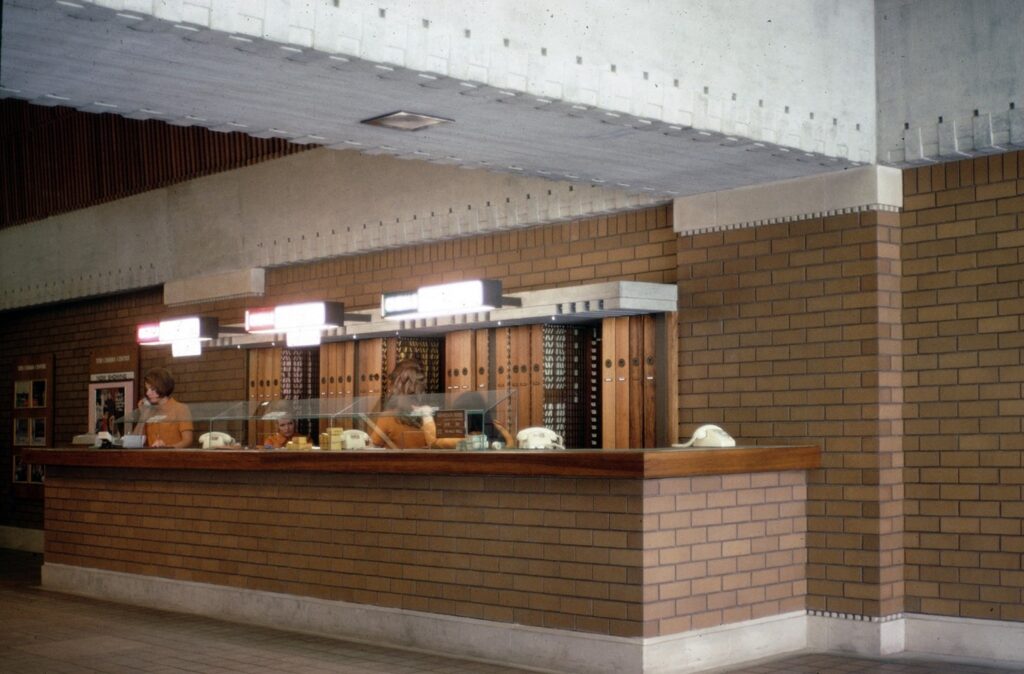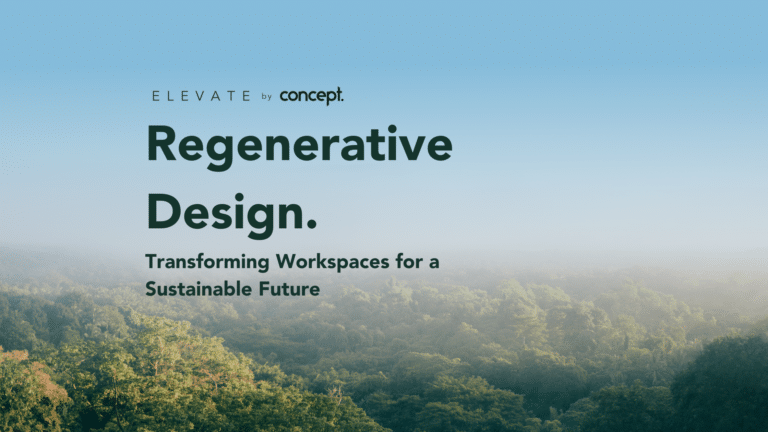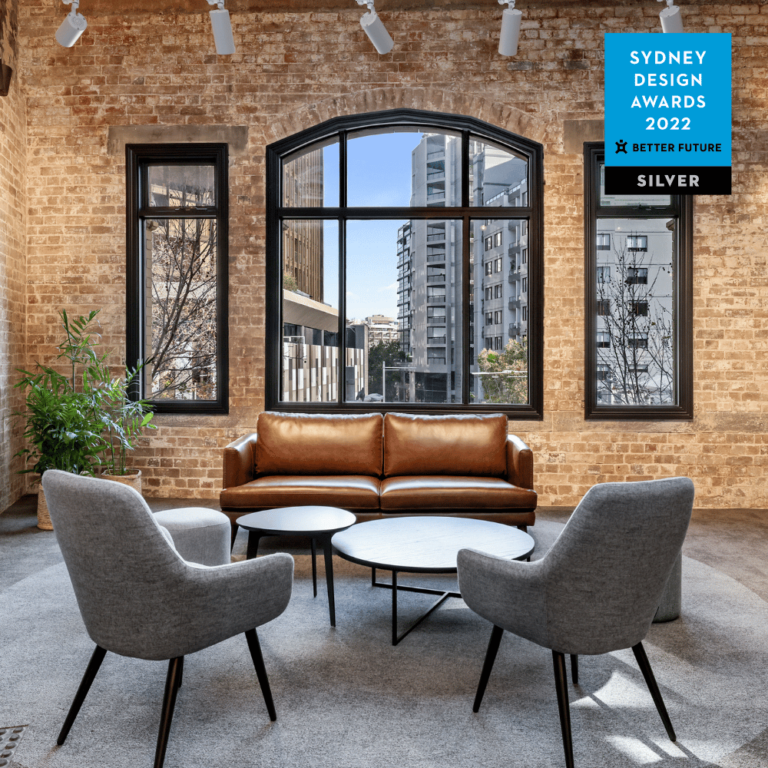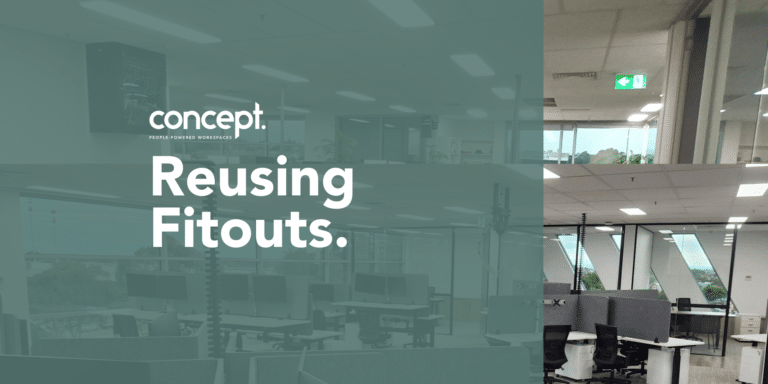At Concept, we are committed to creating spaces that embody design excellence and workplace innovation. Our Melbourne office, situated on Level 10 of 140 Bourke, is undergoing a complete transformation to meet the evolving needs of our team and prepare us for the next era of our business. This project involves merging two existing suites into one, demolishing walls, and designing our ideal layout from the ground up.
In stripping back to the core of the building, we are catching glimpses of what was here before. Beams and structural elements that talk to the building’s rich history and architectural significance.
We can’t resist a good design story, so we have dug into the history of 140 Bourke and the businesses that have called it home before Concept moved in.
Architectural Significance and Historical Context
140 Bourke Street is a pivotal piece of Melbourne’s architectural and cultural heritage. Constructed in 1969, this heritage-listed building originally functioned as a cinema complex. It is notable for being the first purpose-built multiscreen theatre in Australia and the first worldwide to feature three screens. The design accommodated 2,450 patrons and marked a significant evolution in cinema architecture and urban development.
Architectural Influence of Peter Neil Muller
The architect behind 140 Bourke, Peter Neil Muller, left a significant legacy with his harmonious integration of buildings and their natural surroundings. Born in 1927, Muller was a pioneer of “organic” architecture, emphasising structures that blend seamlessly with their environments. Inspired by his travels in Japan during the early 1960s, Muller incorporated elements of traditional Japanese architecture and philosophy into his work. Contrary to popular belief, while some speculated his designs were influenced by Frank Lloyd Wright, Muller’s distinctive style was shaped more by his experiences in Asia. His innovative approach is evident in the unique design of 140 Bourke. It reflects his vision of creating spaces that resonate with the natural and cultural context. Parallels could be drawn between the tiered-tower shape of 140 and that of pagodas across Eastern Asia.
Innovative Structural Design
The building’s construction employed the post and bracket structural method. It is a technique unique to Australia at the time and influenced by Asian construction practices. This method enabled the creation of stepped overhangs and larger floor plates with each ascending level. The design facilitated reduced energy expenses, provided shaded windows, and incorporated balconies that simplified window maintenance. Given 140 Bourke’s proximity to Melbourne’s iconic Chinatown, the Asian influences in its construction are particularly apt and resonate with the cultural fabric of the area.
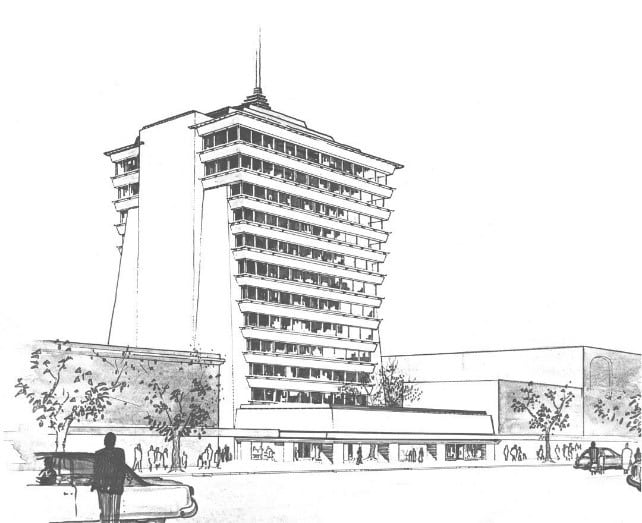
Brutalist Architectural Elements
140 Bourke’s bold geometric form and use of raw materials are exemplary of the Brutalist architectural movement. The building’s design prominently features off-form concrete, brick, and timber, reflecting a departure from the ornate pre-war cinema styles. This approach signified a broader societal shift towards more utilitarian and unadorned architectural expressions.
Historical Design Features
The original foyer of 140 Bourke housed a unique ticket storage system. Akin to a book compactus, it was capable of storing one million movie tickets. Additionally, an elaborate chandelier crafted from jarrah timber added a warm and sophisticated element to the space, juxtaposing the raw industrial materials and enhancing the overall aesthetic.
Concept’s Vision for 140 Bourke
Our transformation of 140 Bourke’s Level 10 suites will meet contemporary standards while making optimal use of the building’s structural advantages. Our approach focuses on creating a modern, efficient workspace that fosters creativity and collaboration, supporting a range of work modalities.
As we progress with the makeover journey, we will continue to provide updates on the integration of advanced design principles and workplace strategy into our space. Our commitment to creating a state-of-the-art office environment drives every aspect of our redesign, ensuring a functional and aesthetic reflection of who we are as a team.
We are excited to be the next story in the ongoing narrative of innovation in this space.
Resources:
Hoyts Cinema Centre, Bourke Street, 1969 – Storey of Melbourne
Photos of Hoyts Cinema Centre in Melbourne, AU – Cinema Treasures
Keen to learn more about our move? Check out our announcement of the renovation here.


